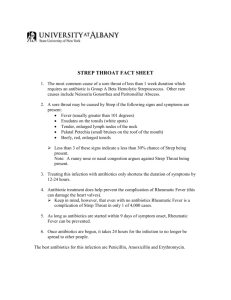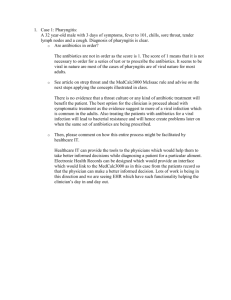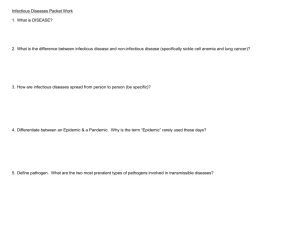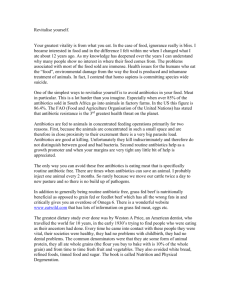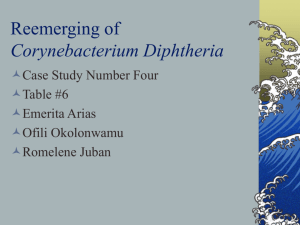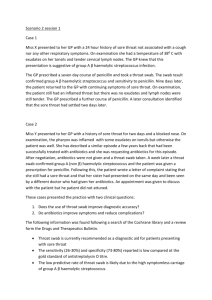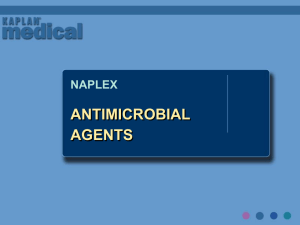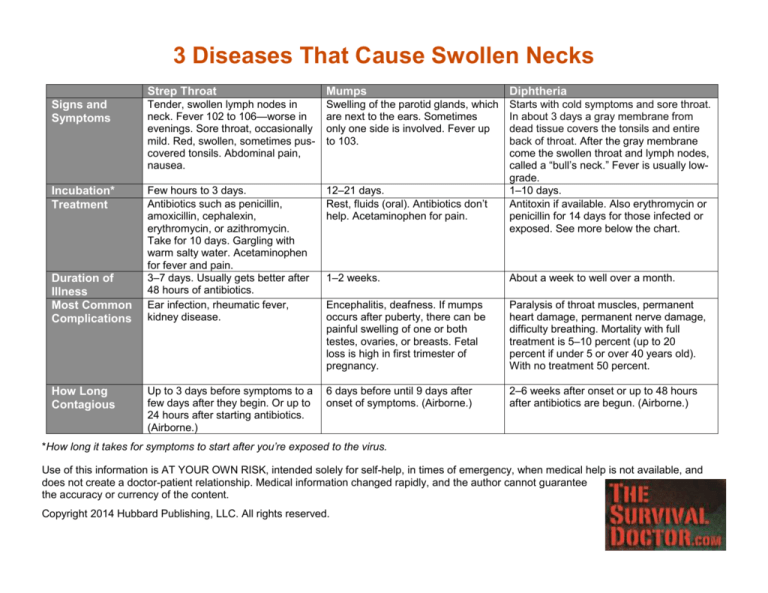
3 Diseases That Cause Swollen Necks
Strep Throat
Mumps
Diphtheria
Signs and
Symptoms
Tender, swollen lymph nodes in
neck. Fever 102 to 106—worse in
evenings. Sore throat, occasionally
mild. Red, swollen, sometimes puscovered tonsils. Abdominal pain,
nausea.
Swelling of the parotid glands, which
are next to the ears. Sometimes
only one side is involved. Fever up
to 103.
Incubation*
Treatment
Few hours to 3 days.
Antibiotics such as penicillin,
amoxicillin, cephalexin,
erythromycin, or azithromycin.
Take for 10 days. Gargling with
warm salty water. Acetaminophen
for fever and pain.
3–7 days. Usually gets better after
48 hours of antibiotics.
Ear infection, rheumatic fever,
kidney disease.
12–21 days.
Rest, fluids (oral). Antibiotics don’t
help. Acetaminophen for pain.
Starts with cold symptoms and sore throat.
In about 3 days a gray membrane from
dead tissue covers the tonsils and entire
back of throat. After the gray membrane
come the swollen throat and lymph nodes,
called a “bull’s neck.” Fever is usually lowgrade.
1–10 days.
Antitoxin if available. Also erythromycin or
penicillin for 14 days for those infected or
exposed. See more below the chart.
Up to 3 days before symptoms to a
few days after they begin. Or up to
24 hours after starting antibiotics.
(Airborne.)
Duration of
Illness
Most Common
Complications
How Long
Contagious
1–2 weeks.
About a week to well over a month.
Encephalitis, deafness. If mumps
occurs after puberty, there can be
painful swelling of one or both
testes, ovaries, or breasts. Fetal
loss is high in first trimester of
pregnancy.
Paralysis of throat muscles, permanent
heart damage, permanent nerve damage,
difficulty breathing. Mortality with full
treatment is 5–10 percent (up to 20
percent if under 5 or over 40 years old).
With no treatment 50 percent.
6 days before until 9 days after
onset of symptoms. (Airborne.)
2–6 weeks after onset or up to 48 hours
after antibiotics are begun. (Airborne.)
*How long it takes for symptoms to start after you’re exposed to the virus.
Use of this information is AT YOUR OWN RISK, intended solely for self-help, in times of emergency, when medical help is not available, and
does not create a doctor-patient relationship. Medical information changed rapidly, and the author cannot guarantee
the accuracy or currency of the content.
Copyright 2014 Hubbard Publishing, LLC. All rights reserved.
Page 2
More Details on Diphtheria Treatment
With diphtheria, the bacteria aren’t the direct cause of the damage; a toxin they produce is. So treatment is twofold: killing the
bacteria and getting rid of the toxin. Antibiotics can kill the bacteria. Only the diphtheria antitoxin can kill the toxin.
If someone’s been exposed to diphtheria but hasn’t developed symptoms, early antibiotic treatment can kill the bacteria before it
produces the toxin.
Pretreatment of those exposed but who have no symptoms is one of the following:
One shot of benzathine penicillin G (600,000 units for people younger than 6 years old and 1,200,000 units for those 6 years
old and older)
Seven- to 10-day course of oral erythromycin, (40 mg/kg/day for children and 1 g/day for adults)
If someone already has symptoms, antitoxin and antibiotics should be started ASAP. The antibiotics course is one of the following:
Erythromycin orally or by injection for 14 days (40 mg/kg/day; maximum, 2 g/day; divided into two to four doses daily)
Procaine penicillin G daily, intramuscularly, for 14 days (300,000 U/day for those weighing 10 kg or less, and 600,000 U/day
for those weighing more than 10 kg)
As best I can tell, for people who have symptoms, azithromycin, clarithromycin, and ciprofloxacin work also. I can’t find anything on
dosage for them, but since the recommended erythromycin dosage is no more than the usual one, I would assume that other
dosages would be no more than their usual ones also.
As with any medicines a licensed health care prescriber should be consulted, and be sure to read up on side effects, interactions,
etc.
For information on storing antibiotics for survival situations, download “The Survival Doctor’s Ultimate Emergency Medical Supplies”
guide here: http://www.thesurvivaldoctor.com/sign-up/.
Use of this information is AT YOUR OWN RISK, intended solely for self-help, in times of emergency, when medical
help is not available, and does not create a doctor-patient relationship. Medical information changed rapidly, and the
author cannot guarantee the accuracy or currency of the content.
Copyright 2014 Hubbard Publishing, LLC. All rights reserved.


